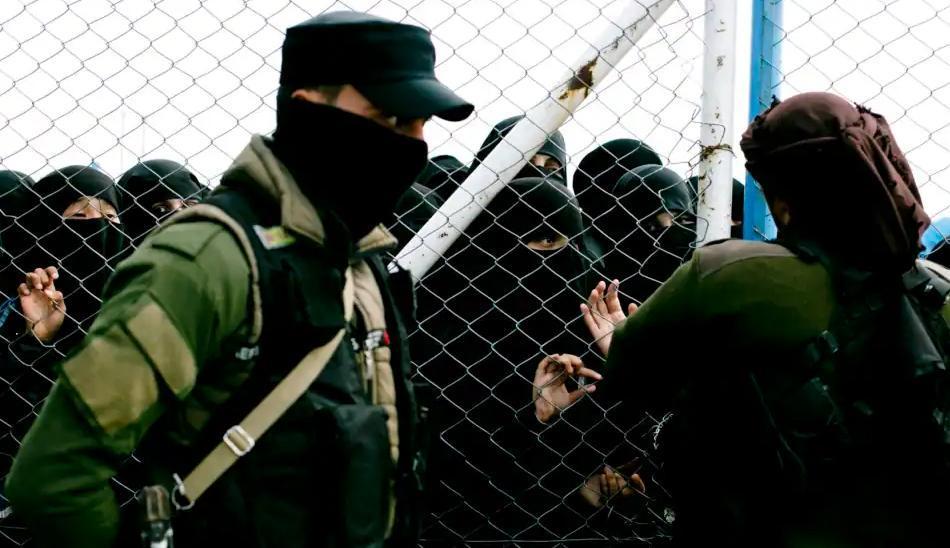
A Dangerous Situation in Northern Syria
Northern Syria is currently the home of some 10,000 former ISIS fighters – the largest concentration of terrorists in the world.
Northern Syria is currently the home of some 10,000 former ISIS fighters – the largest concentration of terrorists in the world. About 5,000 of them are Syrians, 3,000 Iraqis, and 2,000 are foreign fighters from 60 countries outside of Syria and Iraq. Most of these men were captured by the Syrian Democratic Forces, with support by the Coalition to Defeat ISIS, in early 2019, as ISIS tried and failed to hold onto the town of Baghuz, its last foothold in Syria.
Today, these men live in the Al Hol detention camp on the outskirts of the town of the same name. Living with them in Al Hol and another camp, the Roj facility, are their families: around 56,000 non-combatants, including young children, some of whom were born in the detention facilities.
These people are waiting to be repatriated to their home countries. However, although the rate of repatriation has picked up over the past year or so, the home countries of these detainees are often unwilling or slow to take back their citizens. Those detainees who were allowed to return home were mostly women and children.
“While repatriation of women and children is important and urgent, the hard truth is that countries must also repatriate men and youth in detention and rehabilitation centers,” said Ian Moss, the U.S. State Department’s Deputy Coordinator for Counterterrorism with responsibility for Terrorist Detention and Countering Violent Extremism.
“We hear time and time again leaders say their domestic publics are opposed to repatriation. They argue that the fighters, if they are successfully prosecuted, could risk radicalizing prison populations. They also express concern “that returnees who are unable to be prosecuted could plan future terrorist attacks or promote violence.”
There is indeed a risk of radicalization to violence and recidivism. But the alternative — a possible resurgence of ISIS — is worse. “ISIS continues to look for new opportunities to replenish its ranks by trying to free these detained fighters,” said Mr. Moss. “If they escape, they will pose a threat not only to northeast Syria and the region, but to our homelands,” he said. “The best way to prevent this is to repatriate these individuals so they can be rehabilitated, reintegrated, and where appropriate, prosecuted.”
“Reducing the populations in both the camps and detention centers not only makes us more secure but also makes the problem more manageable.”
Source: voa





